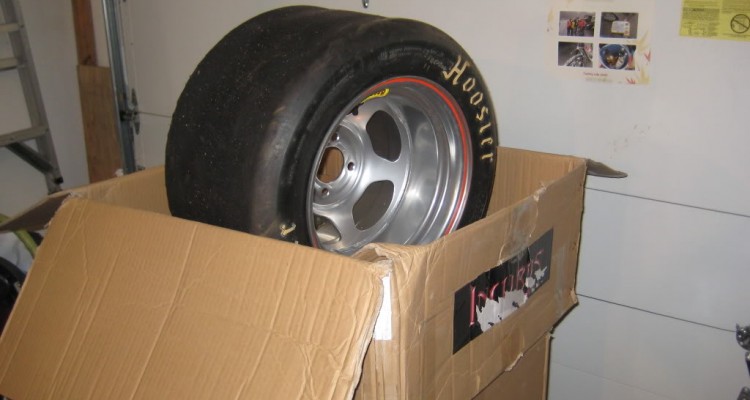The basics of wheels and tires
More often than not, the specs and numbers around wheels and tires seem complicated, but with a bit of reading, anyone can get a general idea of what those numbers mean.
Let’s start with the dimensions of a tire; there are 3 main numbers we need to look at:
Tire width, aspect ratio, and wheel diameter.
For example, a 185/75R14 tire is 185 mm wide, has an aspect ratio of 75, and is meant for a 14 inch wheel.

What’s the aspect ratio?
Aspect ratio is the size of the sidewall, measured in a percentage of the width. For example, the 185/75R14 tire has a sidewall that is 75% of 185 mm, so it’s 138.75 mm tall.
Now that we’ve covered that, let’s move on to offset and backspacing.
What are offset and backspacing?
The video below explains it well.
Now that we’ve taken a quick look at offset and backspacing, let’s get into lug patters.
What’s a lug pattern?
A lug pattern is how the bolts or studs are arranged. Typically they are written as number x distance between centers. 4×100 for example, means 4 bolts, spaced 100 mm within each other, and the same goes for other sizes like 5×100 or 5×125
What are wheel spacers?
Wheel spacers separate the wheel from the hub, giving you a wider track. these are typically used when fitting wider wheels and tires.
What’s the contact patch?
The contact patch is the area of the tire that is in contact with the road, it depends on vehicle weight, aspect ratio, sidewall thickness, and tire pressure.
In drag racing, a lower tire pressure is generally used, since it provides a larger contact patch.
For a more technical and in depth look at wheels and tires; check out the video below.

